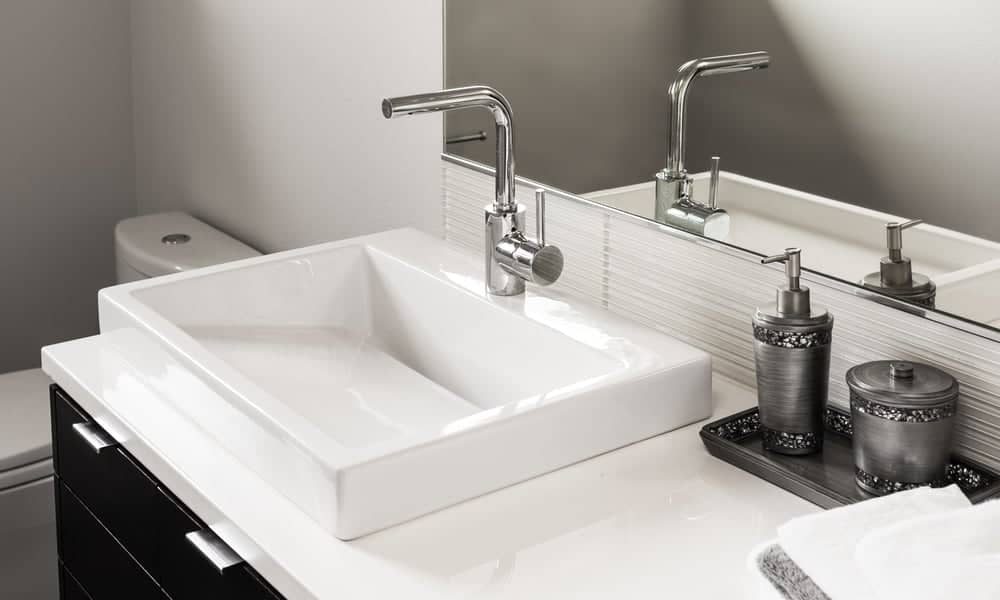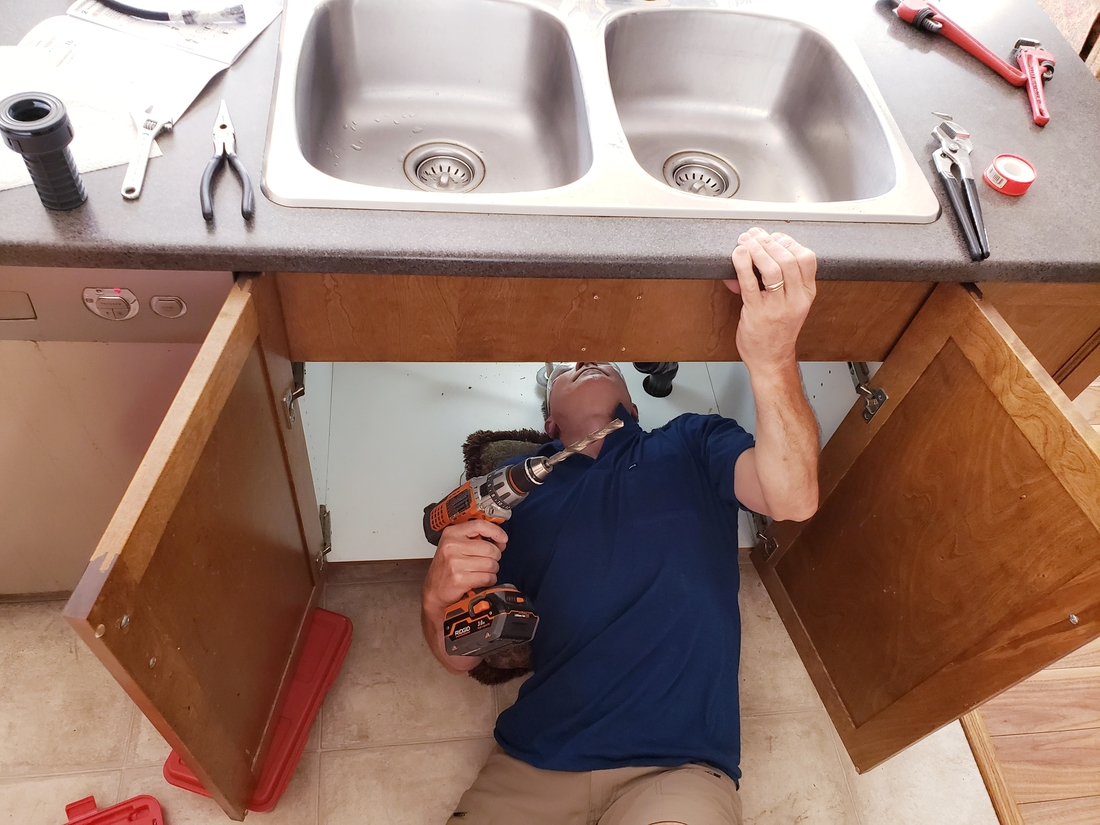Overflow on a bathroom sink
Overflow on a bathroom sink can be a frustrating and messy problem to deal with. Not only does it cause water to spill onto your countertop and potentially damage your bathroom, but it can also create a breeding ground for mold and mildew. If you're experiencing an overflow on your bathroom sink, don't panic. There are several ways to fix and prevent this issue. In this article, we'll discuss the top 10 ways to manage a bathroom sink overflow.
How to fix an overflowing bathroom sink
If your bathroom sink is overflowing, the first thing you should do is turn off the water supply. This will prevent any more water from flowing into the sink and causing a bigger mess. Next, use a plunger to try and unclog the drain. If that doesn't work, you can try using a drain snake or a mixture of baking soda and vinegar to break up any blockages. If the issue persists, it may be time to call a professional plumber.
Causes of bathroom sink overflow
There are several reasons why your bathroom sink may be overflowing. One common cause is a clogged drain. This can happen from a buildup of hair, soap scum, or other debris. Another cause could be a faulty or clogged overflow pipe, which is the small hole near the top of your sink that is designed to prevent water from overflowing. Other potential causes include a broken or malfunctioning stopper or a problem with the plumbing system.
Preventing bathroom sink overflow
The best way to deal with a bathroom sink overflow is to prevent it from happening in the first place. Regularly cleaning and maintaining your sink and drain can help prevent clogs and other issues. You can also install a mesh drain cover to catch any hair or debris before it goes down the drain. Additionally, avoid pouring grease or oil down your sink, as this can solidify and cause blockages.
Clearing a clogged bathroom sink
If your bathroom sink is clogged, there are several methods you can try to clear it. As mentioned before, using a plunger, drain snake, or baking soda and vinegar mixture can often do the trick. You can also try using a chemical drain cleaner, but be cautious as these can be harsh and potentially damaging to your pipes. If none of these methods work, it's best to call a professional plumber to avoid causing further damage.
Repairing a bathroom sink overflow
If you have a clogged or damaged overflow pipe, it may need to be repaired or replaced. This is a job best left to a professional plumber, as it involves accessing the plumbing behind your sink. A plumber can also inspect and repair any other potential issues with your sink and plumbing system to prevent future overflows.
Troubleshooting bathroom sink overflow
If your bathroom sink continues to overflow even after you've cleared any clogs, there may be a more significant issue at play. This could be a problem with the plumbing system, such as a blocked vent or a main sewer line clog. In this case, it's best to call a plumber for a thorough inspection and repair.
Dealing with a bathroom sink overflow
If you're dealing with a bathroom sink overflow, it's essential to act quickly and efficiently to prevent any further damage. Turn off the water supply and try to clear the clog using the methods mentioned earlier. If the issue persists, call a plumber for professional assistance. In the meantime, use towels or a mop to clean up any spilled water and dry the affected area to prevent mold and mildew growth.
Tips for managing a bathroom sink overflow
To prevent future bathroom sink overflows, here are a few tips to keep in mind:
Common problems with bathroom sink overflow
Some common problems that can lead to a bathroom sink overflow include clogged drains, damaged or malfunctioning overflow pipes, broken stoppers, and issues with the plumbing system. Regular maintenance and prompt repairs can help prevent these problems and keep your bathroom sink functioning properly.
In conclusion, a bathroom sink overflow is a common and frustrating issue, but it can be managed and prevented with the right knowledge and techniques. If you're unable to fix the issue on your own, don't hesitate to call a professional plumber for assistance. By taking care of your bathroom sink and plumbing system, you can avoid future overflows and keep your bathroom clean and functional.
The Importance of Properly Designed Bathroom Sinks
/close-up-of-overflowing-bathroom-sink-90201417-579787783df78ceb865822d8.jpg)
Maximizing Space and Functionality
 When it comes to designing a bathroom, every inch of space counts. This is especially true for smaller bathrooms or powder rooms. One of the main challenges in bathroom design is finding the right balance between aesthetics and functionality. And one area that often gets overlooked is the sink. But having an
overflow on a bathroom sink
can greatly impact the overall functionality of the space.
When it comes to designing a bathroom, every inch of space counts. This is especially true for smaller bathrooms or powder rooms. One of the main challenges in bathroom design is finding the right balance between aesthetics and functionality. And one area that often gets overlooked is the sink. But having an
overflow on a bathroom sink
can greatly impact the overall functionality of the space.
Preventing Water Damage
/water-overflowing-in-kitchen-sink-200553937-001-5797e6335f9b58461f5a6736.jpg) The purpose of an overflow on a bathroom sink is to prevent water from spilling over and causing damage to the surrounding areas. This is especially crucial in households with children who may forget to turn off the faucet or accidentally leave it running. With an overflow, any excess water will be directed to the drain instead of spilling onto the counter or floor. This not only prevents potential water damage but also helps to maintain a clean and dry bathroom.
The purpose of an overflow on a bathroom sink is to prevent water from spilling over and causing damage to the surrounding areas. This is especially crucial in households with children who may forget to turn off the faucet or accidentally leave it running. With an overflow, any excess water will be directed to the drain instead of spilling onto the counter or floor. This not only prevents potential water damage but also helps to maintain a clean and dry bathroom.
Efficient Use of Water
 Apart from preventing water damage, having an overflow on a bathroom sink also promotes efficient use of water. When the water level reaches the overflow, it serves as a signal to turn off the faucet. This helps to conserve water, which is not only beneficial for the environment but also for reducing water bills. Without an overflow, one may be tempted to leave the faucet running for longer periods, leading to wastage of water.
Apart from preventing water damage, having an overflow on a bathroom sink also promotes efficient use of water. When the water level reaches the overflow, it serves as a signal to turn off the faucet. This helps to conserve water, which is not only beneficial for the environment but also for reducing water bills. Without an overflow, one may be tempted to leave the faucet running for longer periods, leading to wastage of water.
Design and Style
 In addition to functionality, bathroom sinks with overflows also come in a variety of designs and styles. Whether you prefer a modern, sleek look or a more traditional and elegant design, there is a sink with an overflow to suit your preferences. Plus, the overflow can add an extra element of visual interest to the sink, making it a focal point in the bathroom.
In addition to functionality, bathroom sinks with overflows also come in a variety of designs and styles. Whether you prefer a modern, sleek look or a more traditional and elegant design, there is a sink with an overflow to suit your preferences. Plus, the overflow can add an extra element of visual interest to the sink, making it a focal point in the bathroom.



:max_bytes(150000):strip_icc()/close-up-of-overflowing-bathroom-sink-90201417-579787783df78ceb865822d8.jpg)

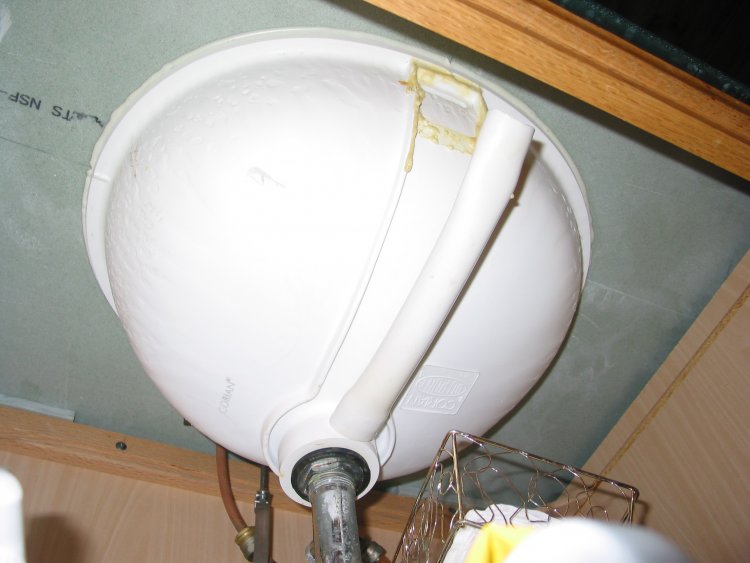

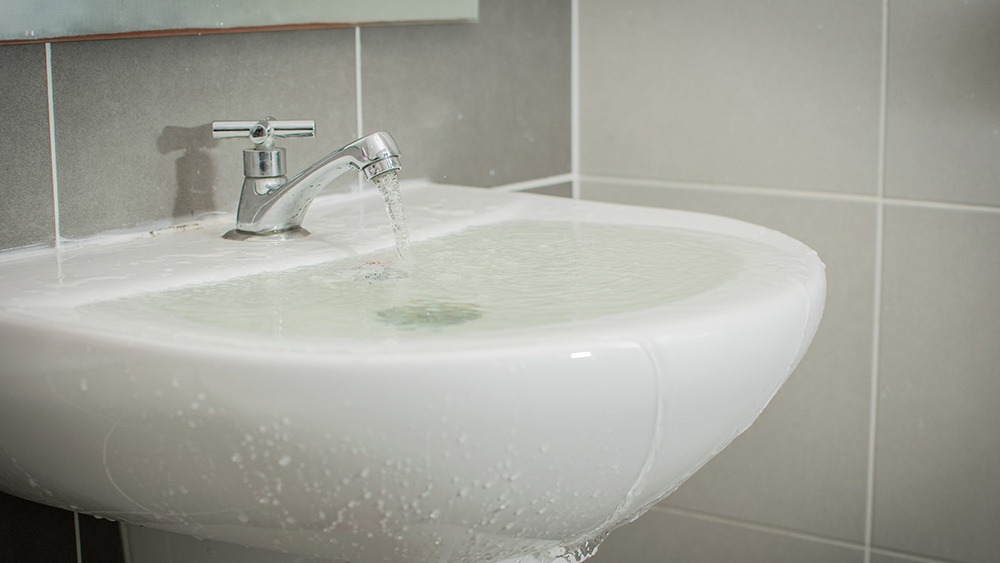

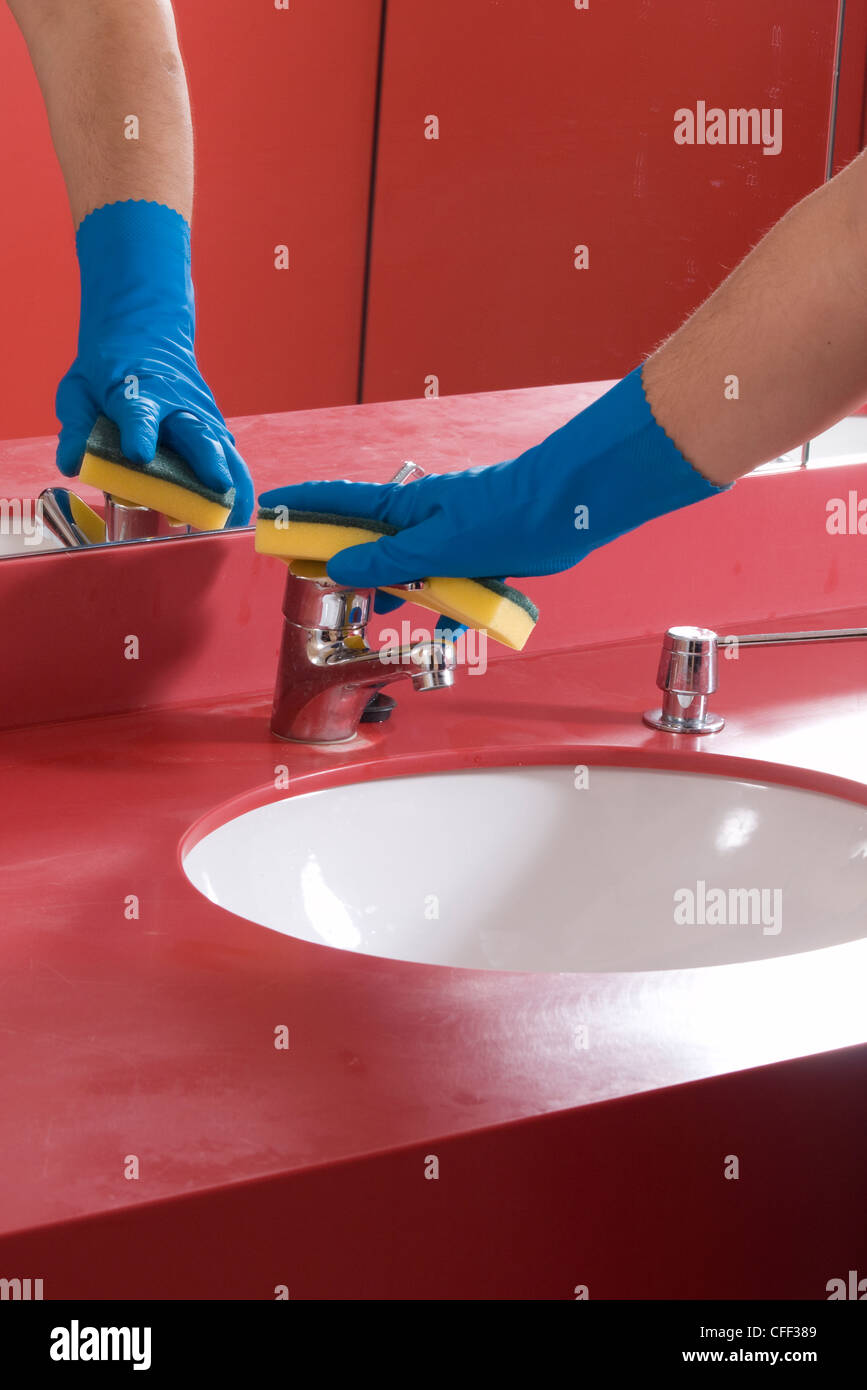

/close-up-of-overflowing-bathroom-sink-90201417-579787783df78ceb865822d8-5c30d5dac9e77c0001149e8f.jpg)












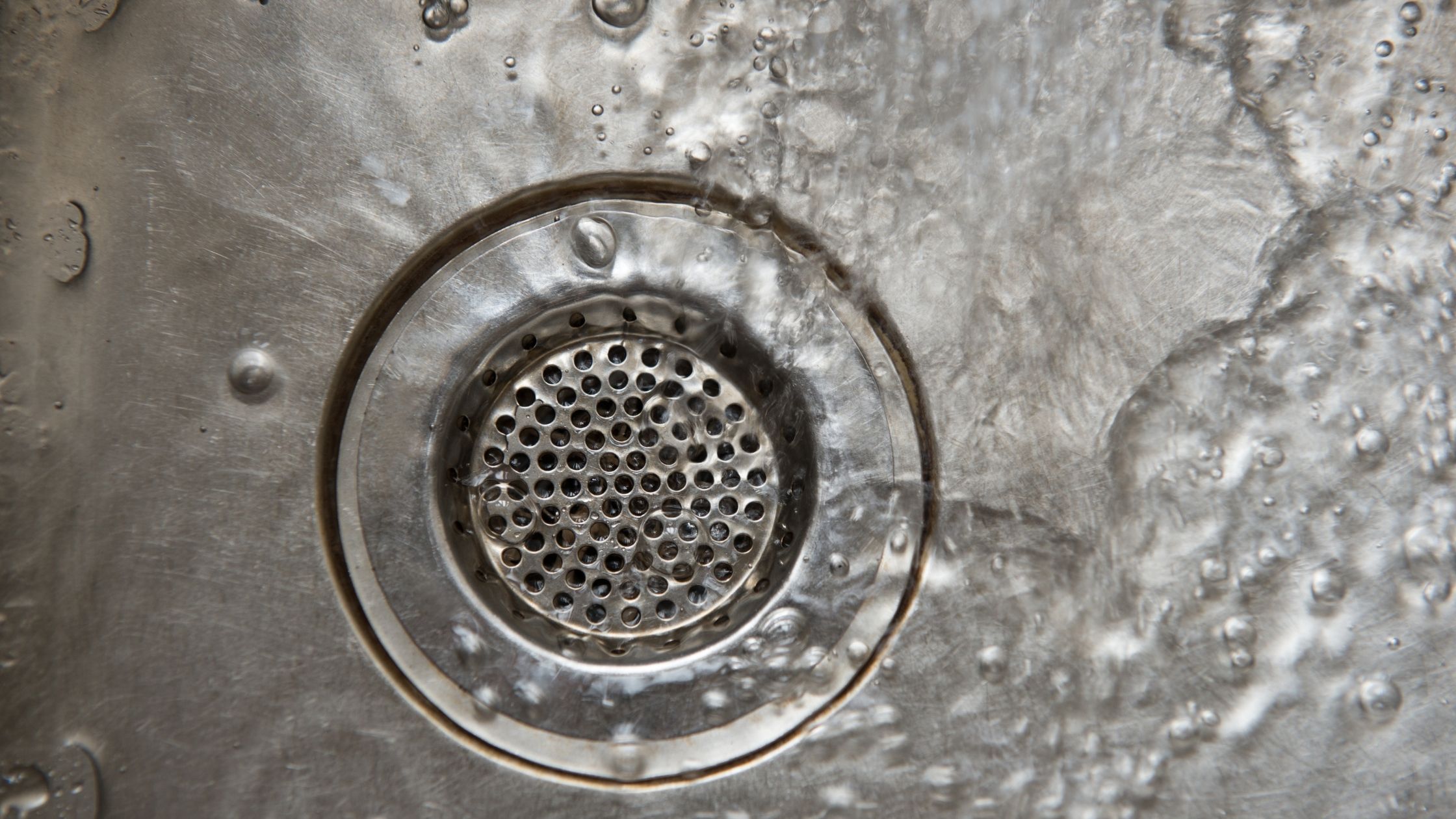










/close-up-of-overflowing-bathroom-sink-90201417-579787783df78ceb865822d8.jpg)
























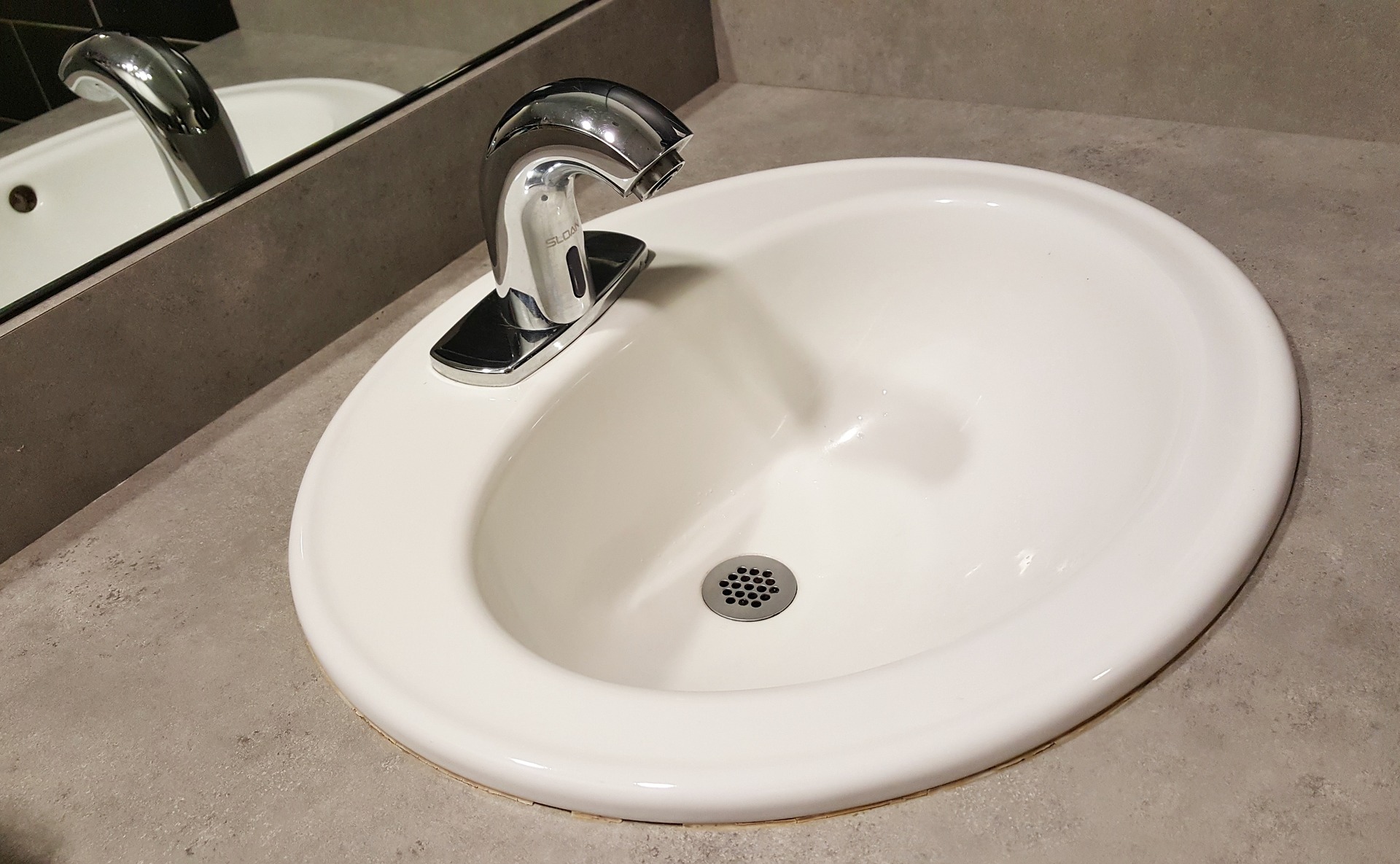

:max_bytes(150000):strip_icc()/what-is-under-the-bathroom-sink-3973574-03-c2c800c743054899aca9bdcc0535db34.jpg)




